With so many options of pet toys in the market, how do you know which toy is best for your precious pets?
As it is still the month of love, it's not too late to get your precious pets a gift for Valentine's day! Although, there are so many toys on the market these days that it can be difficult to choose the right one for your pet. Toys are very important for pets as it helps the stay active, to exercise, to stimulate them mentally, get rid of their loneliness or boredom and last but not the least, it makes them happy! Not to mention that you can bond with your pets by playing! With so many options, it can be confusing to choose which one would be the perfect fit for my fur babies! But don't worry, we provided some key considerations that you ought to take into account when shopping for your pets' new toy!Check out these five tips that we provided to help guide you to make sure you choose a toy that your pets will surely love:
1. Size, Age, & Breed of Your Pet

The size, age, and what type of breed your pet is should be the first thing you must consider when choosing what toy to buy. If your pet is very small, you may want to go with a smaller-sized plush animal or ball that won't cause any choking hazards or intestinal blockage! However, if you have a large breed dog, make sure the toy is strong enough to handle its force and weight when it shakes or plays with it.
Another factor is their age. Although some breeds of either cat or a dog stops growing at a specific stage, that doesn't mean they don't really age and get weaker unfortunately. As your pet ages they may need different toys than when they were young. If your pet is just a few months old, consider something that can easily be chewed on and carried around in their mouth. You must consider that they still have baby teeth. As they get older though, you might want to switch over to more complex toys that can teach them new things or exercise their brain as well as their body! And when they get to their senior years, you can choose a much more gentle toy that can keep up with their current body.
Don't forget to research about your pet's breed before you get them a toy (this is actually a must before you even adopt them!). Like mentioned above, some breeds stops growing at a certain size while some breeds can really grow a lot! Keep in mind to do your research and know what your pet's breed needs and requires to play with.
2. Consider Your Pet's Personality

Some pets only like playing with certain types of toys – whether these are plushies, chewable items, squeaky balls, or even items that dispense certain foods! Think about what types of toys your pet usually goes for before heading out to the store. This will prevent you from wasting time and money on purchasing a toy that won't be liked by your fur babies.
If this is your first time getting them a toy and you really have no idea what they might like, then you can observe their personality. Are they independent or likes to play on their own? Are they more playful and enjoy playing with others? Some toys might be better for an individual pet while certain other types of toys may attract the attention of multiple pets!
Another thing you should consider is their activity level. Is your pet more active than others? More sedentary pets can get away with less physically demanding toys while active pets will need more challenging playtime fun! Some gets tired quickly (may depend on the breed as well. You can go to your trusted vet and consult to them about this to make sure if it's normal or your pet is actually sick) and some pets has a ton of energy that needs to be taken out! Make sure they get the proper activity level according to how active they are.
You can also look into their chew tolerance. This will also apply to your pet's age. Do you have a little teething pup that chews everything in sight or is it an older kitty that prefers to avoid trouble rather than seek it out? The size and chew tolerance of your pet needs to be seriously considered when buying new toys. Certain types of rubber provide excellent durability and resistance to teeth, while some softer materials may not hold up as well.
3. The Type of Toy

Now this point is a bit tricky which requires you to ask yourself a ton of questions. First off, is your pet a cat or a dog? There are toys that are made specifically for cats and one for dogs because as we mentioned earlier, we must base this with their size and their breed.
As you consider these, you can now look for how big the toy is. An extremely small plushie could easily become lodged within the throat of your precious pets who isn't supervised when playing with it whereas a larger item would have enough space between threads.
Also, there are different materials that can make different toys more appropriate for your pet than others. For example, fleece is typically much less likely to unravel or cause serious injury if eaten compared to fabric with multiple threads strung together. You must also look at the functions of the toy itself. If you have a very active dog, they'll need something more exercise-oriented like a chew toy or Frisbee. Cats might enjoy playing with catnip mice or laser pointers. Interactive toys are perfect to keeping up with your pet's energy level!
For dogs, check out our Wickedbone - Smart & Interactive Dog Chewing Toy especially made for dogs! For cats, you can check our latest product Cheerble Mini WickedBall Interactive Cat Toy especially made for cats and Homerun - Smart Interactive Cat Toy made for kitties who loves to play with feathers and things that pops out! There are also other options that are suitable for both cats and dogs like the bigger version of Mini Wickedball -- Wickedball - Interactive Pet Toy, Skymee Owl Robot Pet Camera & Pet Treats Dispenser which can treat, monitor your pet while your out of the house, take videos and pictures of your pet, and moves which can also be controlled with just using your mobile app! Pretty cool right?
4. Safety & Durability of the Toy

Of all the considerations you should take into account when shopping for a toy, safety and durability are two of the most important to think about. Your pet deserves nothing less than the safest toy on the market. So how do you know whether or not this is actually what you're getting?
One way to assess the safety of a toy is to look at its materials. If it has any kind of fabric or stuffing in it, these are places where bacteria can get trapped, so they should be avoided whenever possible. A good rule of thumb here is that if your pet can ingest something easily, it probably shouldn't be considered safe. The same holds true for toxic chemicals like lead and arsenic although some toys may have been treated with flame retard ants, these chemicals may not be safe for pets to lick and chew at. There are other chemicals used in the production of some toys that can cause serious harm if ingested - so it's best to avoid certain plastics and vinyls as well.
Now, what about durability? Just because a toy is completely free of harmful materials doesn't mean it will last long; in fact, there are countless ways your pet will find to destroy even the sturdiest toy out there! One way to promote durability is through proper fit. Toys that fit your pet properly (be they too big or too small) offer greater safety as well as prolonging its use. For example, if you have a tiny puppy or kitten, make sure any fabric toys you give it are completely non-toxic, stretchy, plush and easy to clean - but are also big enough that your puppy can't swallow any parts of it. If you have an energetic pet, avoid toys that contain dangerous chemicals or sharp edges. Unfortunately, there's no surefire way of knowing whether a toy is too small but these guidelines will help reduce the likelihood of your pet swallowing something it shouldn't.
5. Evaluate Your Pet's Health Concerns

It's important to consider your pet's health concerns and whether or not they might be exacerbated by a specific toy. Not all pets are able to play hard and rough even if they seem to have boundless energy! Be sure to check with your vet in advance about any specific conditions that might prevent your pet from enjoying certain toys. For example, dogs that have weak jaws, old age issues or dental problems should not be made to chew on large bones. Cats who are overweight should not be allowed to play with string toys as they can easily become caught around their necks.
If your pet has allergies it is best to avoid toys made with rubber or plush fabric as these can make the allergy worse. Like mentioned above, even cats can be allergic to cat nips. So be careful what kind of plants you let them be exposed as well. On the other hand, an older cat will not want to play as much as a kitten so you should choose a toy that does not require too much movement on their part.
Make sure that the density of the toy is appropriate for your pet's size as lie mentioned earlier, it can cause severe health problems like choking or getting the toy stuck on their throat or inside their body. Smaller dogs or puppies might not be able to handle a toy that would be suitable for a large breed puppy. If you have an older pet, it is best to avoid toys which are too small as they may become swallowed, causing choking and digestive problems.
One way to assess the safety of a toy is to look at its materials. If it has any kind of fabric or stuffing in it, these are places where bacteria can get trapped, so they should be avoided whenever possible. A good rule of thumb here is that if your pet can ingest something easily, it probably shouldn't be considered safe. The same holds true for toxic chemicals like lead and arsenic although some toys may have been treated with flame retard ants, these chemicals may not be safe for pets to lick and chew at. There are other chemicals used in the production of some toys that can cause serious harm if ingested - so it's best to avoid certain plastics and vinyls as well.
Now, what about durability? Just because a toy is completely free of harmful materials doesn't mean it will last long; in fact, there are countless ways your pet will find to destroy even the sturdiest toy out there! One way to promote durability is through proper fit. Toys that fit your pet properly (be they too big or too small) offer greater safety as well as prolonging its use. For example, if you have a tiny puppy or kitten, make sure any fabric toys you give it are completely non-toxic, stretchy, plush and easy to clean - but are also big enough that your puppy can't swallow any parts of it. If you have an energetic pet, avoid toys that contain dangerous chemicals or sharp edges. Unfortunately, there's no surefire way of knowing whether a toy is too small but these guidelines will help reduce the likelihood of your pet swallowing something it shouldn't.
Conclusion

Have you already discovered what toy you should buy for your fur babies now? Show your love to your pets by buying them the right toy they need! Our precious pet's happiness and well being are surely important so whichever toy you choose, make sure to keep it in mind for your pet's specific needs. And if you are considering playing with your pets with their new toy, I suggest waiting until they have had an opportunity to explore it on their own first. Once your pet has explored the toy on their own see how they react; if there is no hesitation or fear of the toy, it's safe to assume they are enamoured by their new plaything. If your pet seems spooked or very cautious with the toy since it is new to them, I suggest offering them treats or praise close to the toy for a week before continuing to play with them with the toy. We do hope you find the right toy that your pets will surely enjoy for a long period of time!
If you liked this blog article, here are some recommendations that you might like to read as well:
- 4 Pet Gadgets That Will Help You Groom Your Pet Much Easier
- 7 Pet Gadgets Guaranteed to Make Life Easier!
- 11 Fun Ways to Keep your Pet Active Indoors
- 4 Interactive Toys Your Pet is Wishing For
- What are the Best Interactive Toys for your Pet?
Share this with your fellow pet owners and you can also leave a comment down below about your pet's favorite toy and how you ended up choosing it for them, we would also love to read them!
Sign up to our newsletter down below and follow us on Instagram @sgsmartpaw so you can stay up to date with our weekly blog articles!
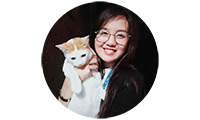
Rose Hazel San Diego
Hazel loves pets & she has owned cats, dogs, & even hedgehogs! She also fosters cats & dogs in need around her area. With her social media & copywriting background, she gladly shares her knowledge of pets through these articles!
Most Recent Articles

5 Ways to Protect Your Pet from Singapore’s Humidity This Rainy Season
Singapore’s rainy season is here — and while we’re enjoying the cool, cozy weather, our pets are quietly battling the sticky side of humidity. From itchy skin and smelly fur to ear infections and h...

Cat Litter in Singapore: Types, Pros & Cons Explained
Choosing cat litter isn’t one-size-fits-all. This Singapore-focused guide breaks down clumping & non-clumping clay, silica crystals, tofu, wood pellets, and paper—how they work, their real-worl...
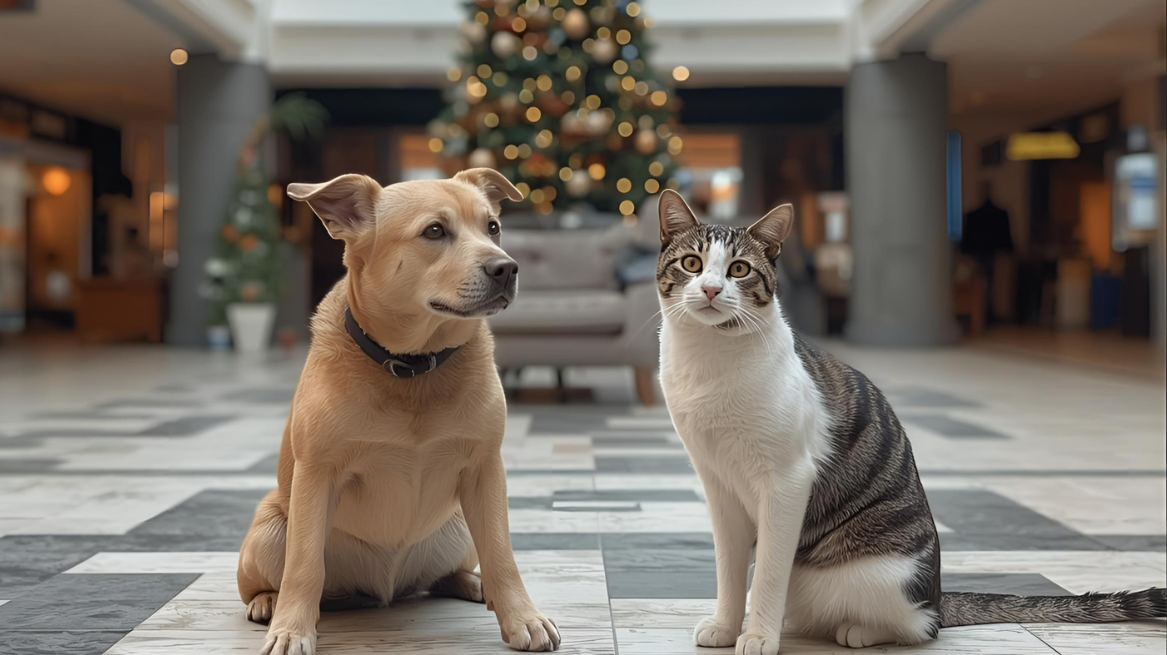
7 Pet-Friendly Malls in Singapore Every Pawrent Should Know About
Shop, dine, and stroll with your furkid at 7 pet-friendly malls across Singapore—think dog parks, pet lifts, alfresco cafés, and more. Our Smartpaw guide maps the best spots and shares quick tips f...



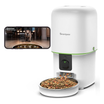
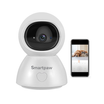

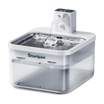
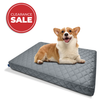

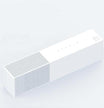





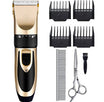
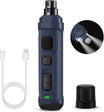
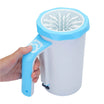




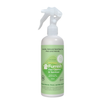




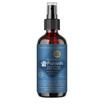

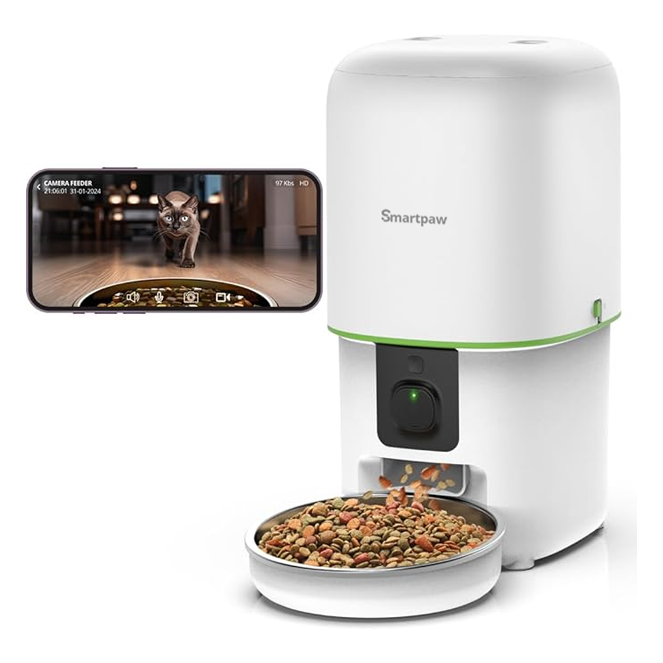
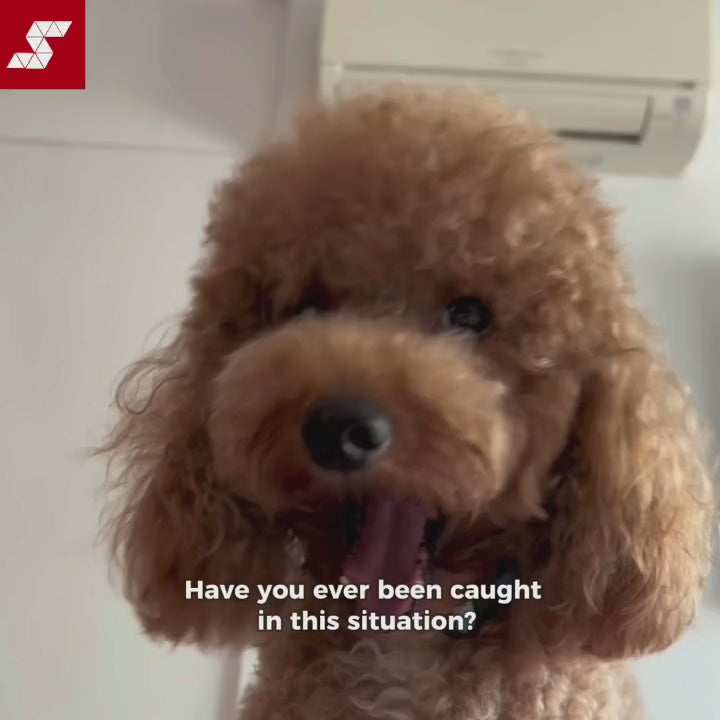

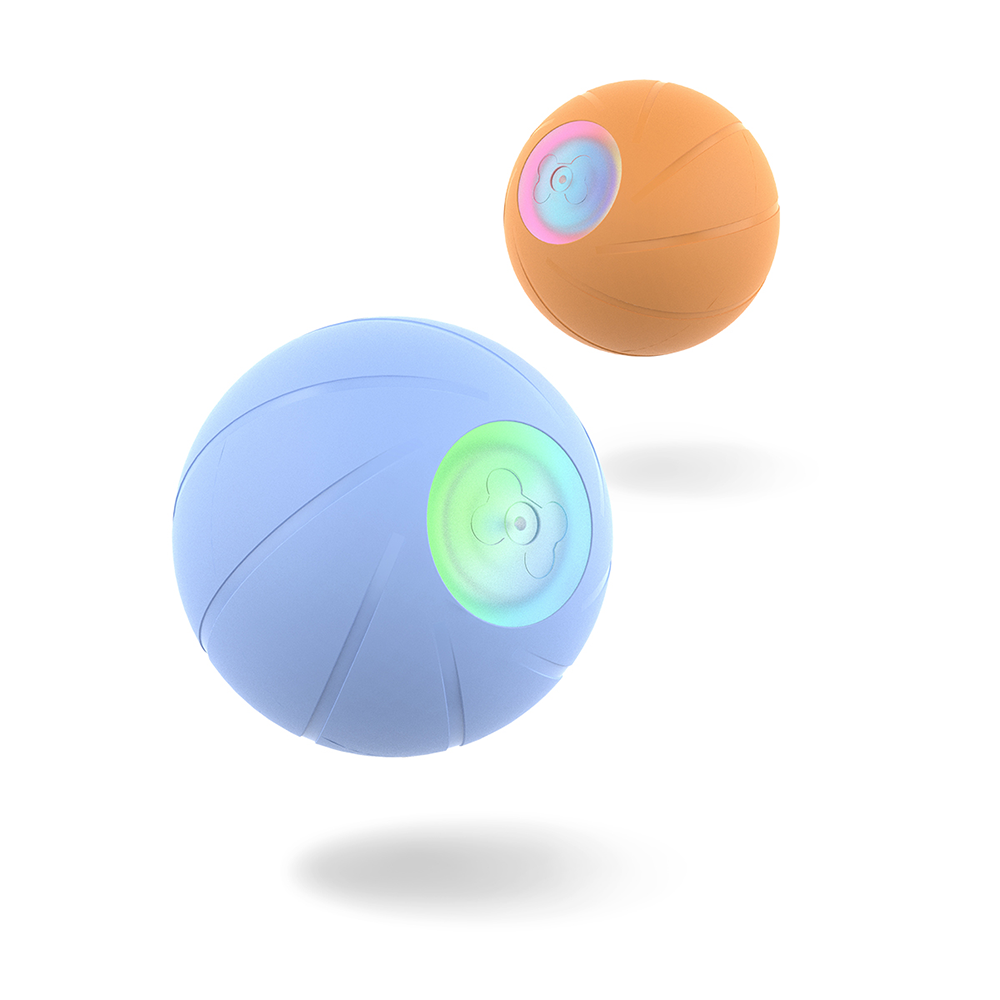





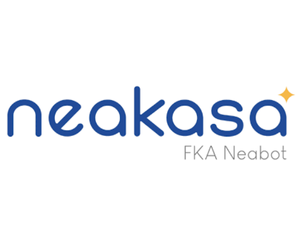
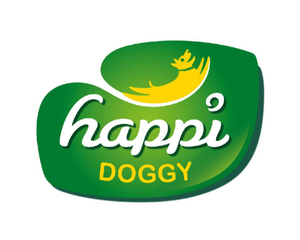






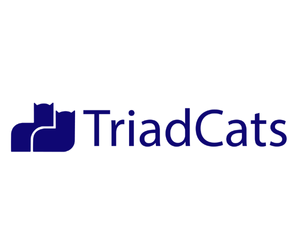

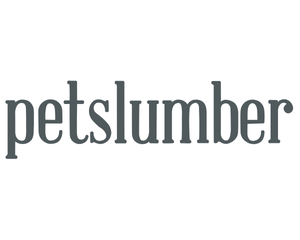

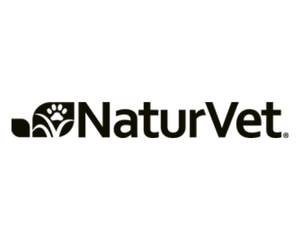
Leave a comment
All comments are moderated before being published.
This site is protected by hCaptcha and the hCaptcha Privacy Policy and Terms of Service apply.